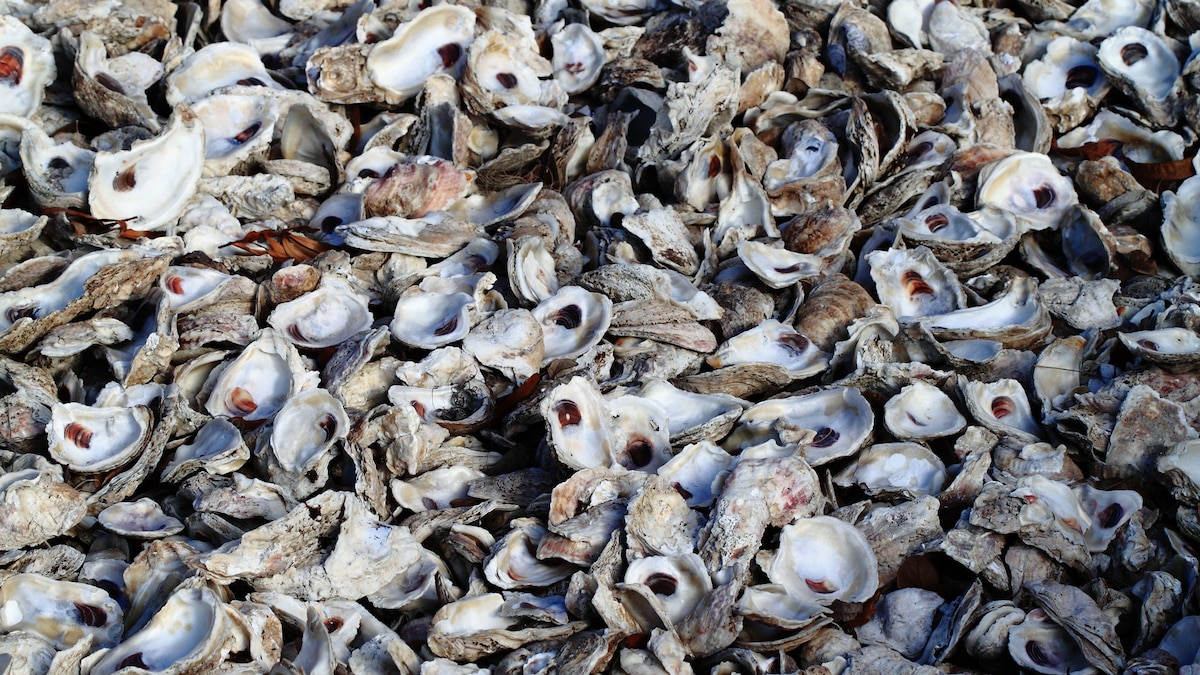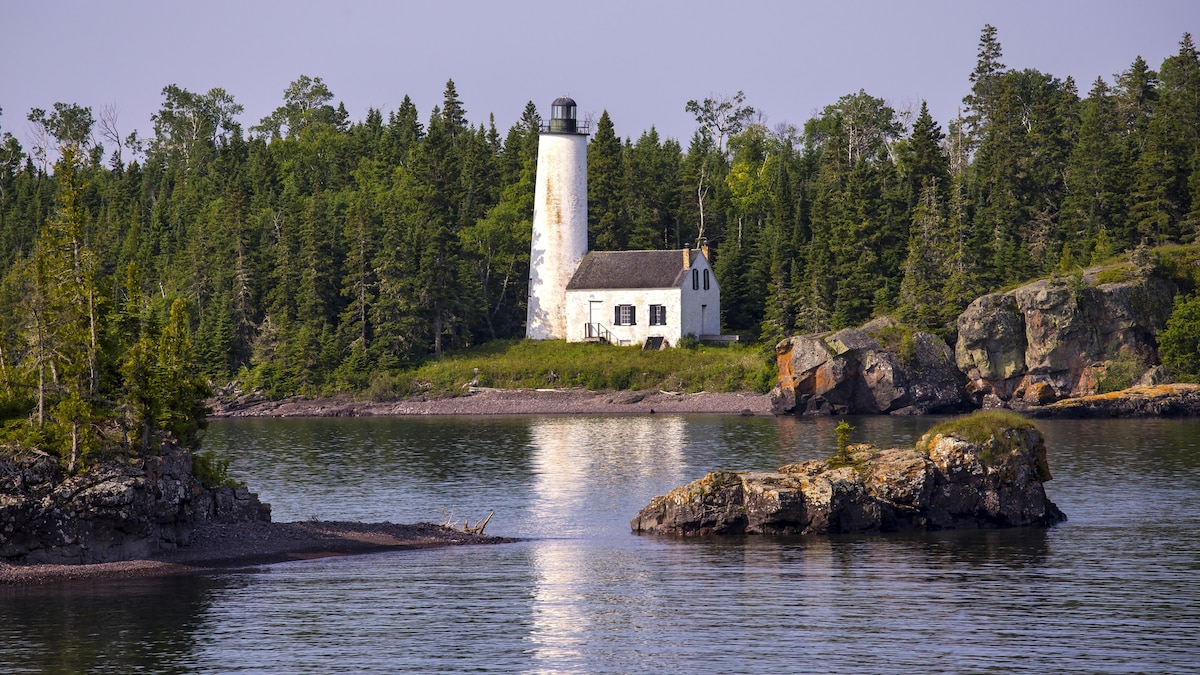Now Reading: How trash from ancient humans is protecting these coastal islands today
-
01
How trash from ancient humans is protecting these coastal islands today
How trash from ancient humans is protecting these coastal islands today

On the barrier islands off the coast of Georgia, around 585 square miles of salt marshes lie next to forests so dense with hardwoods and Spanish moss that sunshine can only filter through in slender rays.
“They’re almost otherworldly,” says Jacob Holland-Lulewicz, an archaeologist at Pennsylvania State University. To visitors, these islands can feel untouched.
Yet, recent research by Holland-Lulewicz and his colleagues shows how humans have significantly altered these barrier islands over millennia by discarding millions of oyster shells, unintentionally creating deposits so substantial they now protect portions of the islands from today’s rising sea levels.
“These ecosystems that we all enjoy and that we want to preserve are actually the result of thousands of years of indigenous peoples managing these places,” says Holland-Lulewicz. By challenging conventional views of what constitutes “natural” landscapes, the study, recently published in Communications Earth & Environment, shows how ancient human activity both preserved the islands’ ecosystem and bolstered its coasts.

Ossabaw Island, Georgia is one of several barrier islands marked by rolling hills and marshland. Scientists found large deposits of shells across a quarter of these islands.
Photograph by Jacob Holland-Lulewicz
Mountains of shells
Previous studies have shown that Georgia’s barrier islands were formed from shifting sea levels, currents, and sand deposits, possibly starting as long as 110,000 years ago. As sea levels plateaued during the Holocene, around 5,000 years ago, modern island configurations emerged.
Archaeological evidence indicates that Indigenous people, ancestors of the Muskogee Creek Nation, inhabited these islands shortly after they formed. They lived off the sea, consuming oysters.
Today, piles of ancient oyster shells are noticeable to people like Holland-Lulewicz, trained to see anomalies in soil layers. In some locations, the oyster mounds are imposing.
“They tower over us,” Holland-Lulewicz says. Scientists also found that calcium-rich shells encouraged specific plants, such as small-flowered buckthorn and Piedmont flatsedge, to grow on the barrier islands.

At Pumpkin Hammock, one of Georgia’s barrier islands, a layer of shells deposited by past Indigenous communities is visible along exposed coastline.
Photograph by Victor Thompson
The team conducted a grueling survey of the islands. On four islands, they dug pits every 65 feet in a grid, measuring the thickness of shell deposits.
“Those were hard, hard days in the field,” says Victor Thompson, an archaeologist from the University of Georgia, Athens who was a co-author on the paper and has worked on the islands for 20 years.
They found evidence of past habitation—such as broken pottery, shell beads, and stone tools—across 65 percent of the islands. Oyster shells were strewn over a quarter of them. While the percentage might seem modest, the volume of oysters is remarkable: one 163-acre section of Sapelo Island is made up of around 1.6 billion oyster shells. “Human action is interwoven into the landscape,” Thompson says.
To assess how the islands might appear today without this human influence, the study authors analyzed elevation data from the U.S. Geological Survey and water level measurements from the National Oceanic and Atmospheric Administration.
Their findings revealed that without the added elevation from accumulated oyster shells, significant portions of the coastline would be submerged during high tides. Nearly five percent of Patterson Island, for example, would be regularly underwater. Even more land would face inundation during “King Tides” and storm surges caused by hurricanes and tropical storms.

An archaeological site at Pumpkin Hammock shows how oyster shells deposited over thousands of years have become part of the islands’ landscape.
Photograph by Victor Thompson
The researchers also described how indigo, cotton, and rice plantations built in the 18th century using enslaved labor were intentionally established at locations that had been large Indigenous settlements hundreds of years earlier.
This placement wasn’t coincidental—plantation owners recognized that the calcium carbonate and nutrients mixed into the earth created fertile soil. The Gullah-Geechee people, descendants of enslaved Africans living on Georgia’s barrier islands, also specifically valued land enriched with oyster shells.
Lessons for the future
The study is part of a broader movement challenging traditional notions of conservation, says Jayur Madhusudan Mehta, an archaeologist at Florida State University who was not involved in the research. The paper suggests that the baseline against which change is measured isn’t necessarily a time before human involvement.
“This is good research, and it’s valuable,” he says, because it shows what kind of designs could be applied to new coastal projects designed to protect Georgia’s eastern coastline from worsening storms and rising seas.
Shell to Shore, a nonprofit organization, collects oyster shells from restaurants around the state to return them to the shore. They’ve accumulated over 250,000 pounds of oyster shells and are finalizing permits to dispose of them on the shoreline of Sapelo Island to fortify locations prone to storm surges.
When Tyler Leslie, one of Shell to Shore’s co-founders, hears of the state’s ancient bivalve-eating history, he feels connected to the communities that ate oysters and tossed their shells on the beach thousands of years ago.
“We’ve always been mindful of these shells as humans,” Leslie says. “There’s a historical relationship.”
On Georgia’s barrier islands, that relationship has helped to foster a resilient environment. “It’s important to bust this myth that all human impacts and legacies on landscapes necessarily are bad,” he says, “There are a lot of things that humans can do to improve landscapes and to manage them in ways that are really important.”























